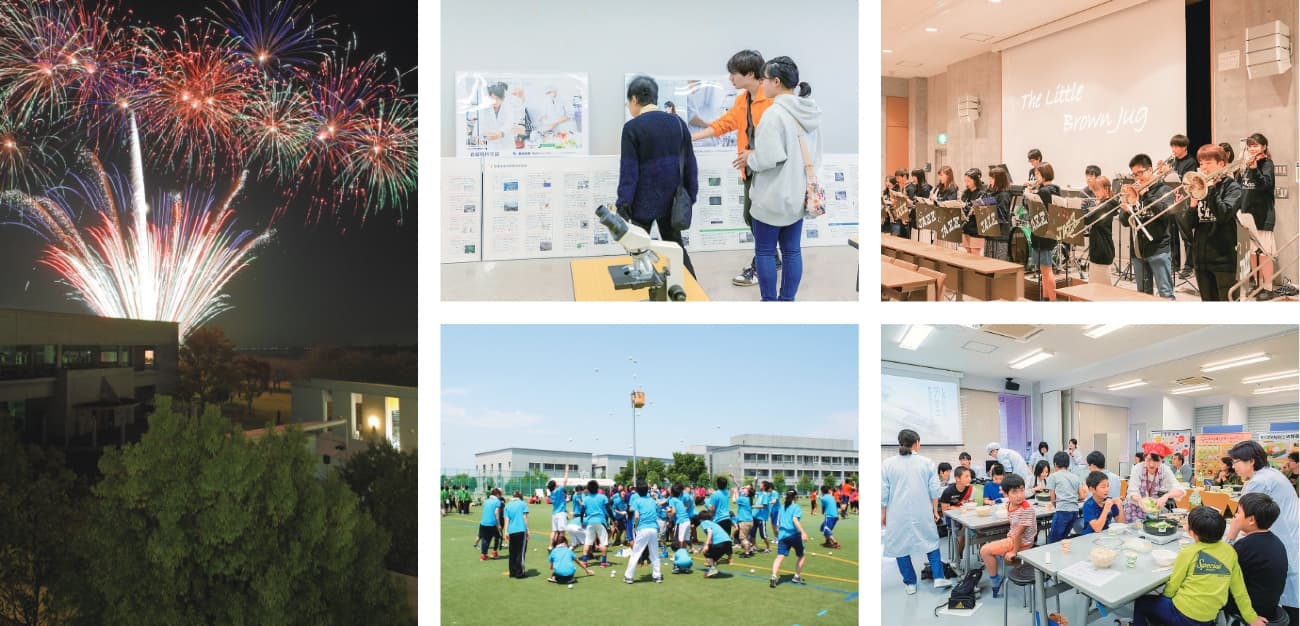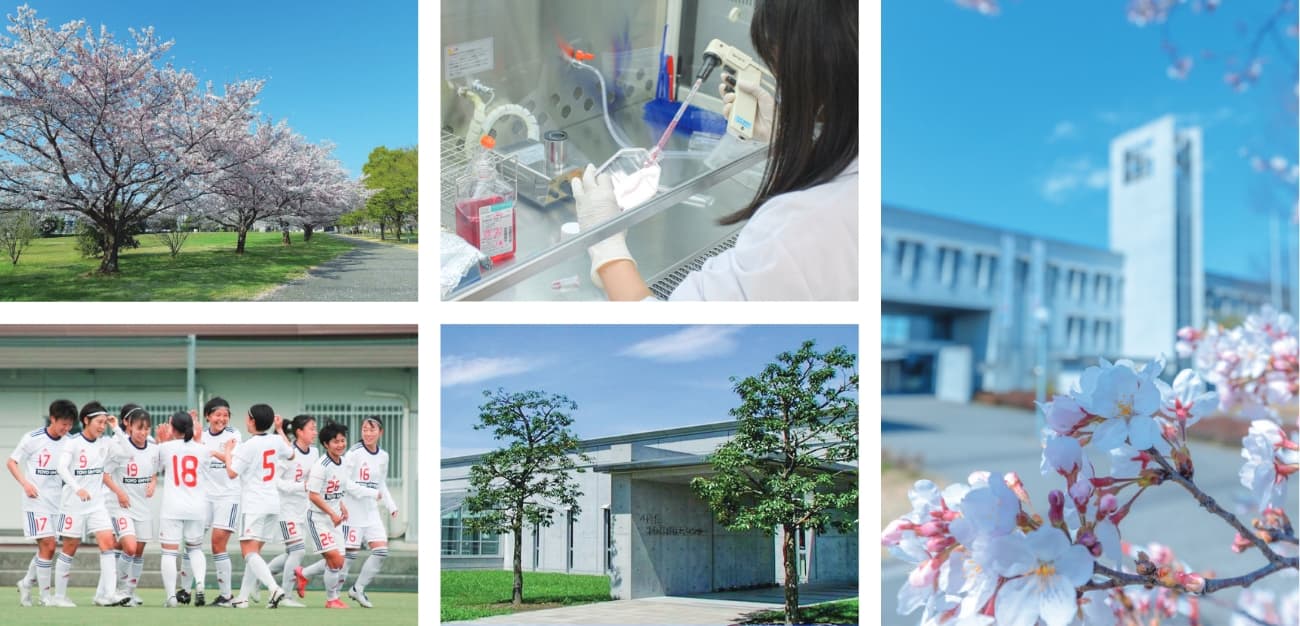HISTORY OF
ITAKURA
CAMPUS


The Graduate School of Regional Development Studies and Graduate School of Life Sciences are established.


The Faculty of Regional Development Studies moves to Hakusan Campus No. 2.



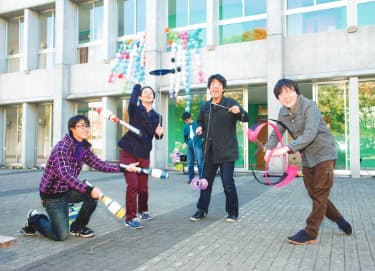
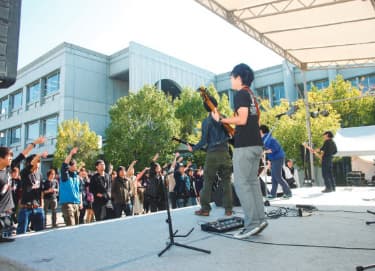
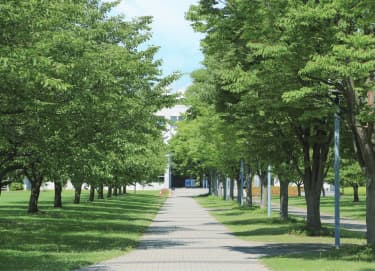
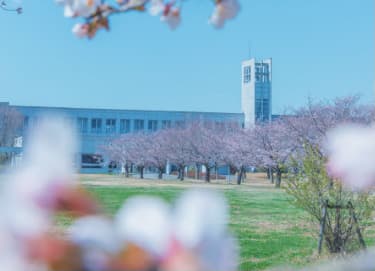
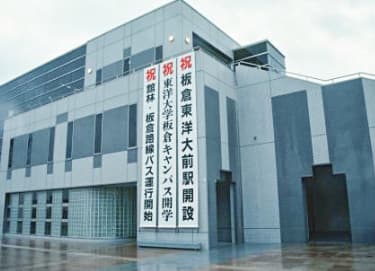
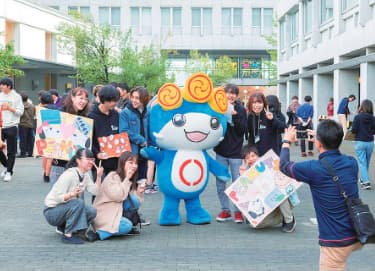
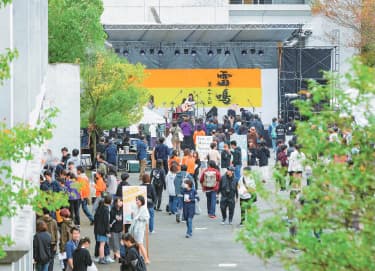
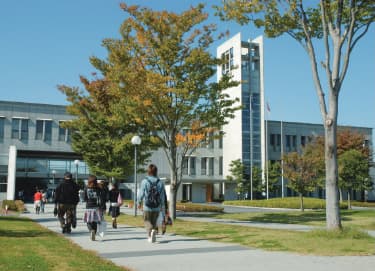
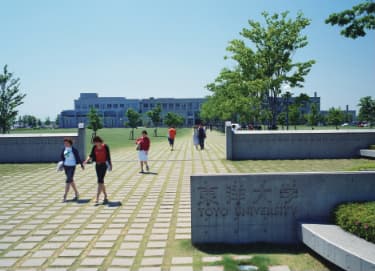
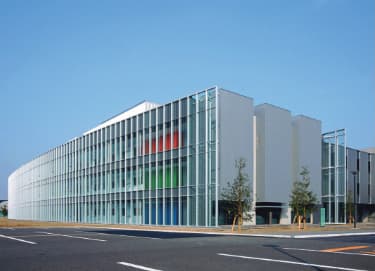
In the spring of 2024, the Itakura Campus will move to the Asaka Campus and become a new venue for learning. We look back over the 27 years that have passed since campus’s opening in 1997.

















Next spring, the Itakura Campus will move to the Asaka Campus (Asaka-shi, Saitama). As someone who has taught here since its establishment in 1997, the move is something deeply meaningful for me.
I agree. I was at another research institute, but I became involved with the campus as an adjunct lecturer when it opened at the urging of Dr. Koki Horikoshi, the first dean of the Faculty of Life Sciences.
It started with two faculties, the Faculty of Regional Development Studies and the Faculty of Life Sciences. The third floor of Building No. 1 was lined with the laboratories of professors from both faculties. Unlike the Faculty of Regional Development Studies, where I was, the laboratories of the Faculty of Life Sciences were experimental labs and therefore had ventilation fans, and in the evening, I could smell the delicious aroma of food being prepared. Sometimes I would drop by, and that would lead to interaction between the science and humanities faculties.
The Faculty of Regional Development Studies moved to Hakusan in 2009. At the same time, the Faculty of Life Sciences developed into a completely new faculty of learning that encompassed science and agriculture, with a wide range of researchers in botany, extreme environment microbiology, chemical synthesis, pharmacology, and other fields. Building 5 was also constructed then to further strengthen the research system. I think the research system of the Faculty of Life Sciences that continues today was established at that time.
I joined the Faculty of Life Sciences later, in 2013, when the Department of Food Life Sciences, which had been in the Faculty of Life Sciences, was established as a faculty as a faculty. By that time, the streets had been laid out and Building 5, with its advanced laboratory facilities, had been completed on the campus.
The first to third floors in Building 5 had their own floor colors—blue, green, and red—depending on the department. I think it’s beautiful and makes things easy to understand.
The Plant Function Research Center was established in 2004 and used for research on selective crop breeding and later as a center for research on environmental systems. The life sciences field is extremely broad and includes plants, animals, and ecosystems.
That was also around that time that we started handling animals in research.
That’s right. We raise mice and rats for use in experiments in the animal breeding room. The Itakura Campus is also well-equipped with analytical instruments, making it a superb environment for both researchers and students.
It was an open university. From the time the campus opened, the library could be used by anyone in the community.
The campus grew together with the community, but the land it is built on used to be a marsh. I’ve heard that construction was very difficult, with many piles being required.
The footing was bad in the beginning. I can remember with some nostalgia the uneven blocks on the path from the main gate.
At first, the only buildings were Buildings 1 and 2, the cafeteria, library, and gymnasium. It was difficult to walk around the buildings. It took about four years for the land subsidence to settle down.
When I arrived, holding barbecues around the pond in front of the students’ cafeteria was a fun event for the laboratories.
On the grounds are 100 cherry trees that were donated by Ushiku Senior High School. It’s a pleasant campus blessed with a fine natural environment.
There are also many birds. The other day I saw a pheasant walking in the parking lot.
And the trees that were small when the campus opened have grown up. I truly feel that the campus has been nurtured by the community and its environment.
It’s a place that opened the way to new fields ahead of its time. We also benefited from the companies in the area. With farmlands and many food factories around us, we had an excellent setting for research on food environments.
I think some students commuting to the campus may have had some difficulties in terms of its location. However, I’m sure that their four years of commuting from afar, engaging in repeated experimentation, and compiling research left a strong impression on them. And I think that experience also helps to build their confidence.
Itakura Campus graduates have a broad range of talents and are active in various fields in Japan and abroad. That pleases me as a faculty member of the campus. Even though the campus will be gone, I hope memories of learning at Itakura live on in our graduates’ hearts.
With the relocation to the Asaka Campus, the Faculty of Food and Nutritional Sciences will grow from its current two departments to three. I believe it will have the capability to engage in new joint research with nearby universities, research institutes, and companies.
The Faculty of Life Sciences will have three departments: the Department of Biomedical Engineering, which will move from the Kawagoe Campus; the Department of Life Sciences, which will focus on animals and the environment; and the Department of Biological Resources, which will handle plants and microbes. After the relocation, we will, through reorganization together with the Faculty of Food and Nutritional Sciences, develop into a comprehensive education and research base concerned with life and food. That is something I am looking forward to.
We all spent a very long time together at the Itakura Campus. I wish to express my sincere gratitude to the people of the community. And I hope that the graduates who studied here will keep the campus deeply etched in their hearts as a precious memory.
